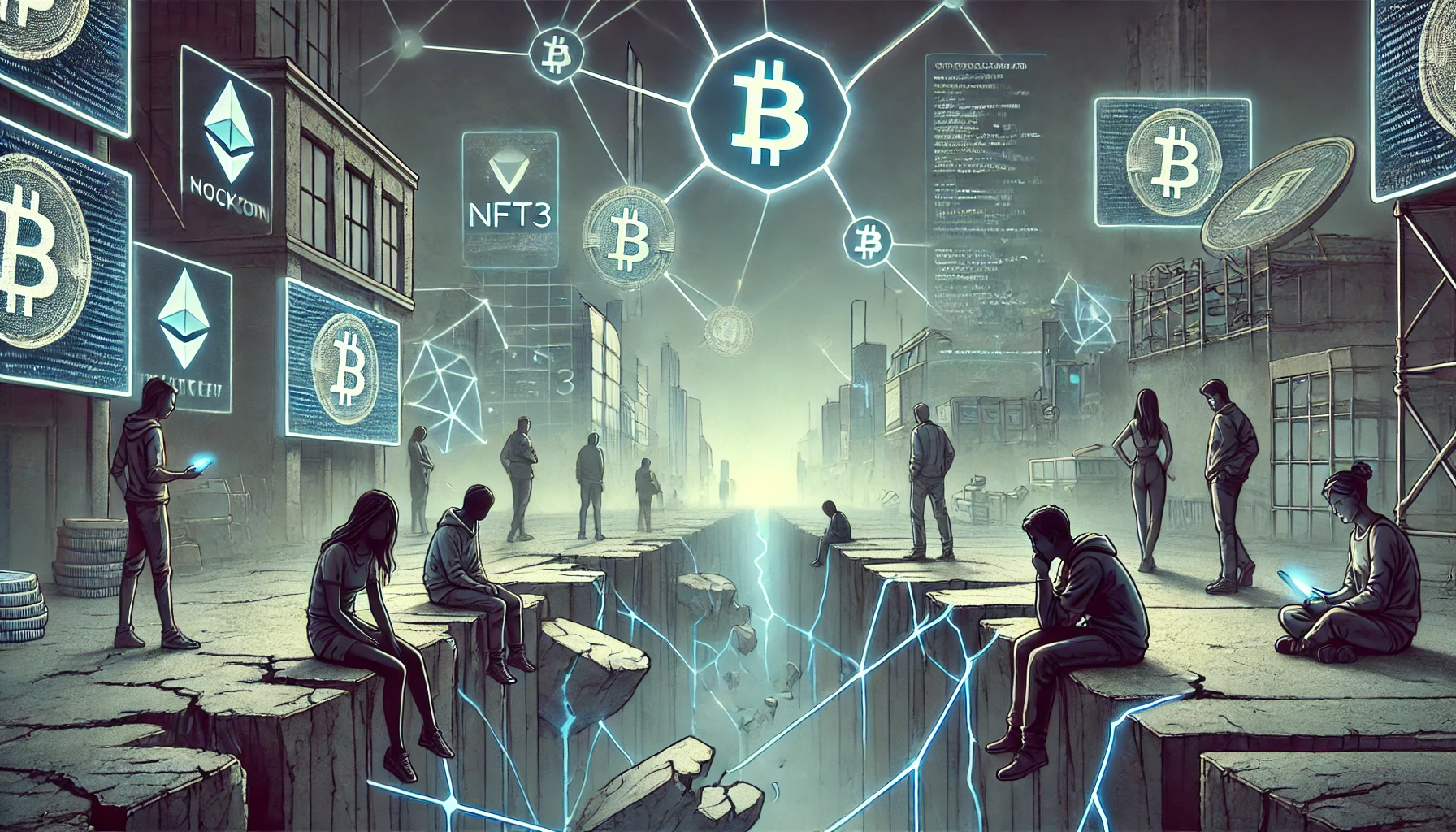Now, something has been on my mind for a while: is Web3 already morally bankrupt? Despite an unusually long bear market, the Web3 industry seems to have attracted a fair amount of new adepts, judging by the number of active wallets in 2023. To explain this sustained enthusiasm in the face of adversity, one has to look into the few qualitative studies that were conducted on people’s motivation to join the crypto world: they seem to point into two directions: entertainment and greed. And greed is the most concerning to me.
Web3 offers unprecedented volatility, growth rates and yield opportunities. Projects can create their own currency and as long as someone else wants it, the wheel can keep spinning – upwards, preferably. This is a powerful argument for regular citizens, especially when traditional banks offer ridiculously low saving rates while raising their mortgage rates through the roof.
Because of this mechanism of making money with money, Web3 has naturally adopted financially-focused metrics to measure success. Very few projects measure their success in traditional economic terms, as if they were confessing their absence of impact on the world.
In a curious twist, an industry that was borne out of the rejection of a financial system that brought the world to its knees in 2008, is now replicating its worst features. What went wrong? How did Web3, and all the promising technologies this industry developed, end up being just a more decentralized version of Wall Street?
Coming from a background of product creation, one thing jumped to my mind. The products the industry creates are the result of people who first understood its potential, financiers, and people with the drive to build first: engineers. Because blockchain technologies are so new, but so promising, it attracted a lot of technically-minded folks who were eager to rise to the challenge and build things that were never built before. This alliance between the technically-minded and financially-driven led to an assortment of mind blowing tech, used for the most mundane and economically dangerous use case: making money with money.
This is not all negatives. A lot of efficient, reliable infrastructure has been built in the past couple of years, paving the way for incredible products, finally embodying the promise of individual empowerment and self-governance that makes this industry so revolutionary.
Now, the onus in on the product end. We need to complete our Copernican revolution, and think very differently about how we design and build the next generation of digital services. Thinking individuals first, forgetting about social interactions, has been Web2’s big mistake. I’m thrilled we have another chance at finding new ways to design for the complex set of situations Web3 opens up to us (probably be the topic of a later post). The question remains though: will Web3 finally deliver on its revolutionary promise or be co-opted by the worst of Wall Street?
